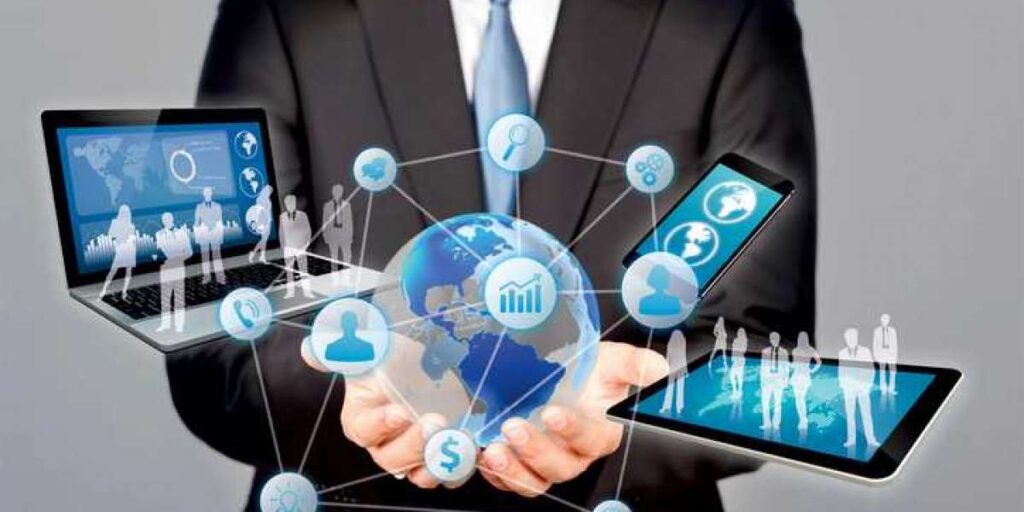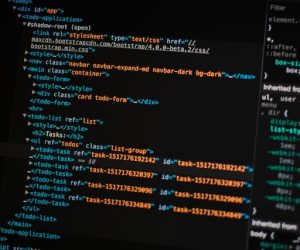Complex processes become more automated as technology advances. Furthermore, they are requiring less and less human participation. Automation, on the other hand, has an impact not only on manufacturing facilities but also on people’s everyday lives and comfort. Without a doubt, the next decade will be filled with exciting technological advancements. How much do you know about technological trends?
Technology changes at a breakneck speed, and businesses that keep up flourish. In 2021, mankind was introduced to several technical developments, such as the democratization of technological information, distributed cloud systems, blockchains and distributed ledgers, voice interfaces and chatbots, digitally extended realities, etc.
Among these were three main topics with the greatest potential for space transformation. Do you know what they are?

What Are The Future Technology Tends?
Tech developments have had a profound impact on the human experience at work and at home. People nowadays have numerous options for making their lives easier and their workplaces more pleasant and productive.
Using his voice and device, he can quickly locate anything on the Internet, from the most recent software for his security system to an automated stand up desk in Canada. Let’s take a closer look at the top three technology trends that will transform your experience!
1. 5G – 5th Generation Mobile Network
While some people continue to utilize 4G, individuals interested in technical developments are keen to learn more about 5G. What are the advantages of this version over the previous one?
- It can operate on a broader radio spectrum (sub-6GHz);
- Its waves can travel a long distance.
- Concrete barriers no longer interfere with the quality signal transmission;
- It has extremely high-frequency millimetre waves (30GHz-300GHz) that can deliver fast download speeds and process massive amounts of data.
- It provides peak data rates of up to 20 Gb/s;
- It has a data rate of more than 100 Mb/s on average.
- It allows you to download the film in only 3-5 seconds.
5G has the potential to introduce entirely new ways of interacting with consumers, and techniques for executing fundamental operations. For example, 5G allows teams to remotely manage smart equipment in another city, saving money on trip expenditures.
Another good example of how 5G can be used by humans is sending data from medical equipment regarding patients’ vital signs in real-time from the hospital to the doctor’s office.
2. AL – Artificial Intelligence
Artificial intelligence (AI) has long been integrated into all aspects of human activity. It is used to perform operations that formerly needed human intellect. In fact, scientists educate computers to do tasks without explicit programming, learn and utilize obtained data on their own.
Identifying potential fraud cases, for example, has been a time-consuming and intensive task for auditors and investigators in many countries over the years. The use of AI has enabled data to be centralized, auditors to save time, and fraud, waste, and abuse to be combated more effectively.
AI technology allows organizations to achieve more concrete outcomes in areas such as company operations, employees, contracts, and enterprise resource planning. By automating repetitive activities, AI makes them easier to accomplish. This saves time and allows staff to focus on higher-paying professions that the firm promotes. Conversational AI is especially useful in customer service, providing real-time support and personalized experiences to users. On websites such as yellow.ai, you can learn more about the benefits and implementation of conversational AI in various industries. This way, businesses can stay ahead of the curve and leverage the power of AI to enhance customer interactions and drive growth.
3. EDA – Event-Driven Architecture
Event Architecture is another technological development that will shape the future (EDA). It is a software architecture paradigm.
It makes use of events to trigger interaction and communication across disparate services and components. In this sense, under an “event,” one means a change in the system’s status or an update. For example, if an e-commerce website has an EDA, putting an item in the buyer’s shopping cart is considered an “event.”
EDA has three main components:
- Event manufacturers;
- Event routers;
- Event consumers.
The event producer sends the event to the router, which, in turn, accepts, filters, and routes the events to the consumers. Consumers pay attention to events that prompt them to take action.
Manufacturing and consumer services are distinct, allowing them to scale, update, and deploy independently. Purchasing an item from the shopping cart will result in another event being triggered or produced.
Apache Kafka is a free and open-source event streaming EDA. In the enterprise, event streaming can enable real-time analysis and decision-making.
It is especially beneficial for identifying fraud, automating supply chains, avoiding security concerns, and doing data-driven forecasting. Another advantage of this technology trend for firms is auditability.
Because events cannot be reversed, they can serve as a record – or “business narrative” – of what has happened throughout time. If the company is called upon to justify a decision, such as why they denied a customer’s insurance application, events might be a helpful record.
EDA is perfect for scenarios that necessitate speed and agility, making it a good solution for microservices implementations and speeding machine learning model training and deployment.
As you can see, each of these three technological developments represents a breakthrough in its respective field. However, when combined, they become a formidable weapon with enormous potential for moulding the future of any organization that wants to stay up with the changes.
Author:
Hayley Mann is a technology enthusiast specializing in automation methods of ergonomics devices. Her engineering background helps her to create interesting articles on technical topics, making them understandable for all readers.



